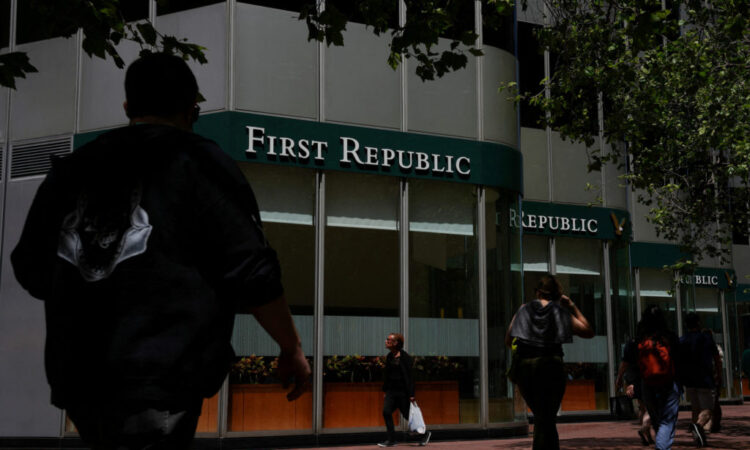
Amna Nawaz:
Another major bank failure has shaken the U.S. financial system.
Federal regulators’ seizure of First Republic Bank comes less than two months after Silicon Valley Bank and Signature Bank collapsed.
To help us understand why this happened and the state of the banking industry, I’m joined by Roben Farzad. He’s host of public radio’s “Full Disclosure” podcast.
Roben, welcome back. Always good to see you.
As you well know, as you came on the show to talk about, after those previous bank collapses, some of the biggest banks rushed in to shore up First Republic Bank, $30 billion of a rescue package handed over there. Why didn’t that work? Why did federal regulators have to step in here?
Roben Farzad, Host, “Full Disclosure”: Because it wasn’t enough of a firewall.
This is all a confidence game. And I don’t mean that pejoratively. You could look at this cynically, like all these banks would love to get bank of First Republic’s prestige and brand standing and clientele with financial aid from the FDIC or the Fed or anybody else that cares to backstop it.
So, that $30 billion, you can look at as kind of a collective down payment. Maybe, if Wall Street is saying that we’d like to put in our money and it’s not going to be protected above $250,000, in theory, then that would put this story to bed, finally. But, no, it didn’t happen.
They had an earnings call. They came out. They kept hemorrhaging deposits. The stock kept tanking. And you had an 11th-hour bailout through the entirety of the weekend. And you see J.P. Morgan emerge victorious. It shows you how really truly thin the business model of banking is, how much of it ultimately comes down to psychology and confidence.





